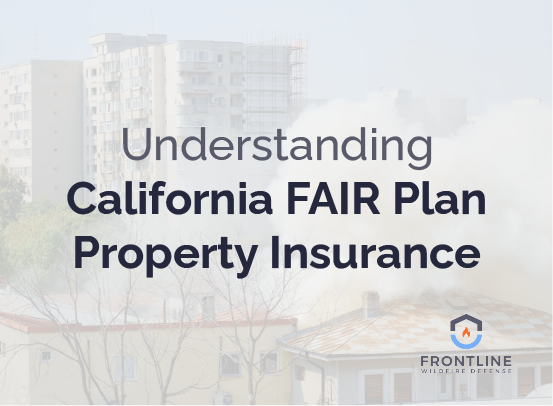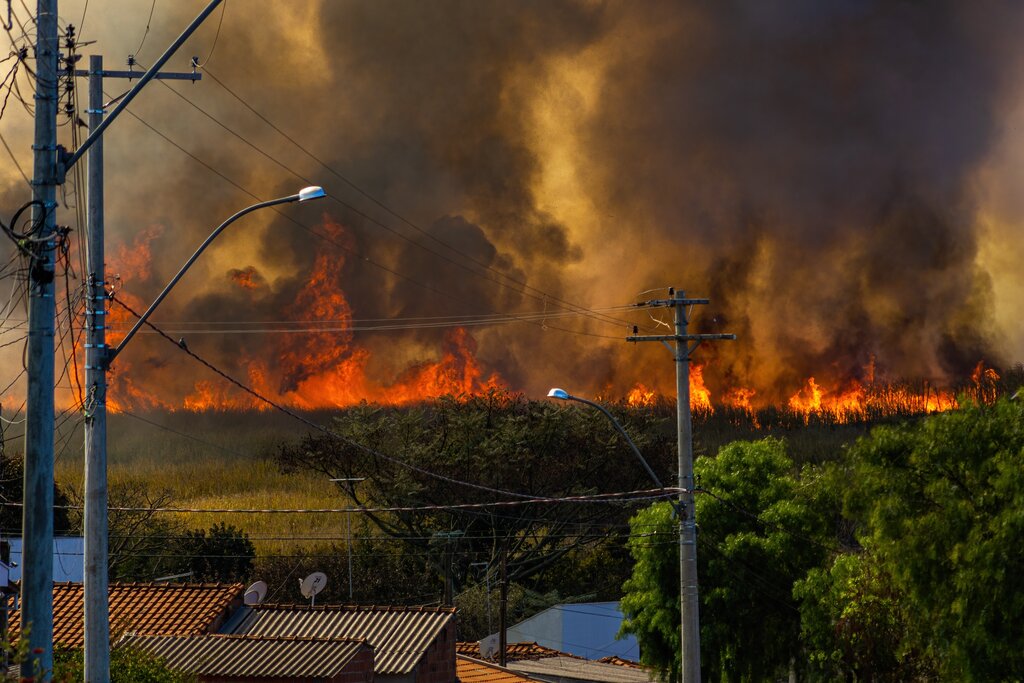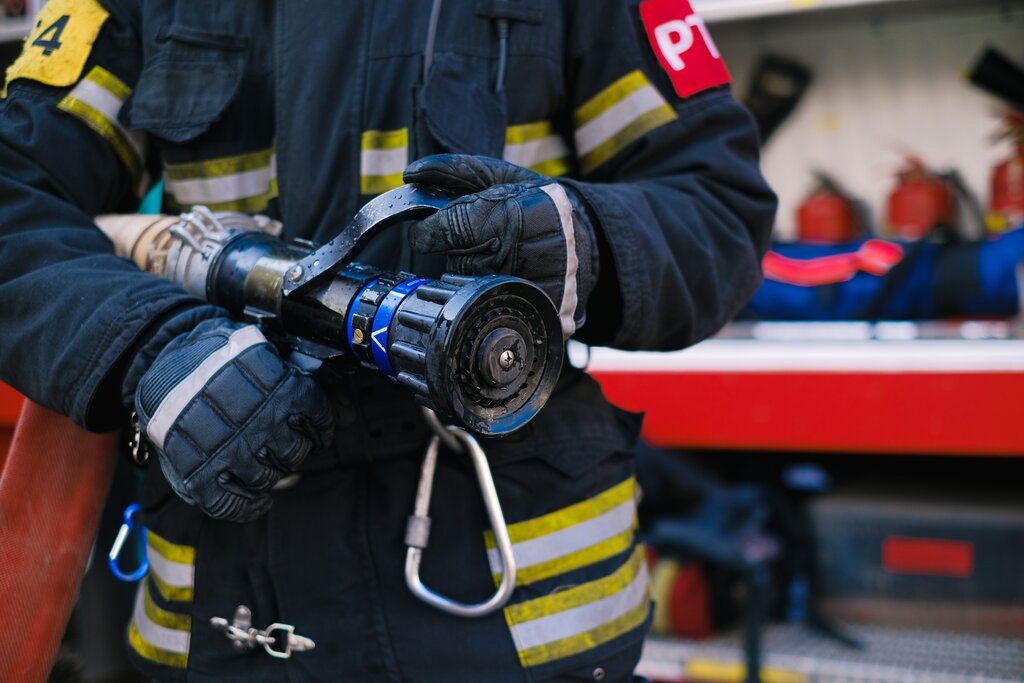Do You Know the Four Stages
of a Wildfire?
When a wildfire starts, it goes through several different phases of combustion and growth.
The stage that causes the most property damage is the one you might least suspect. Homes within a Woodland Urban Interface (WUI) wildfire area can be exposed to firebrands, floating embers, which can land in small, tight areas and eventually catch a house on fire. These burning embers can smolder for weeks. Just when you may think the danger of a wildfire is over, may be the most critical time to maintain a vigilant watch over your property.
Firebrands or burning embers, which can smolder for weeks, are the most dangerous element in a wildfire.
Here are the four stages of fire combustion:
1) Incipient (Pre-Heat, Pre-Ignition): As an ember lands within a load of flammable material, a fuel source, such as pine needles and leaves left in rain gutters, it is setting the stage for ignition to occur. With the help of oxygen, the ember increases in heat and strength.
2) Flashover (Flaming): The combination of heat, oxygen, and fuel increase the odds of the fire growing to the next stage. This is when the structure becomes the next available fuel source, the fire begins to spread beyond the initial ignition point. Flames are visible and gaining ground.
3) Fully Developed (Transition): As more fuel becomes consumed, the fire moves into a fully developed state. This is the most dangerous phase of a fire, and the hottest. At the peak of combustion, once all the material has been ignited, the fire begins its downward spiral.
4) Decay (Smoldering, Glowing): With a decrease in fuel or oxygen, the fire reduces down to embers and ash. This is a dangerous phase because any introduction of new fuel loads or increase in oxygen could reinvigorate the fire. This is the longest stage of a fire; in fact, it often takes weeks to fully extinguish all embers and firebrands from a large fire.
Stay Alert
Be aware of what is happening around you; it’s much easier to stop a fire at the first stage of wildfire combustion than at stage three or four.
Prevent embers or firebrands from becoming a problem by removing excess fuel from around your home and property. Conduct monthly landscape and exterior maintenance of your property. Make sure that you have access to roadways, water, and other necessities in case of a possible evacuation.
The Frontline Defense System can help you mitigate loss to wildfire by protecting your home with fire retardant foam that puts out embers and firebrands before they can grow. The system can even be activated remotely in case of emergencies or loss of access.
Planning ahead will enable you successfully protect yourself from wildfire loss. Our aim is to help you along the way.
Sources:
Featured Image: Public Domain Photo




